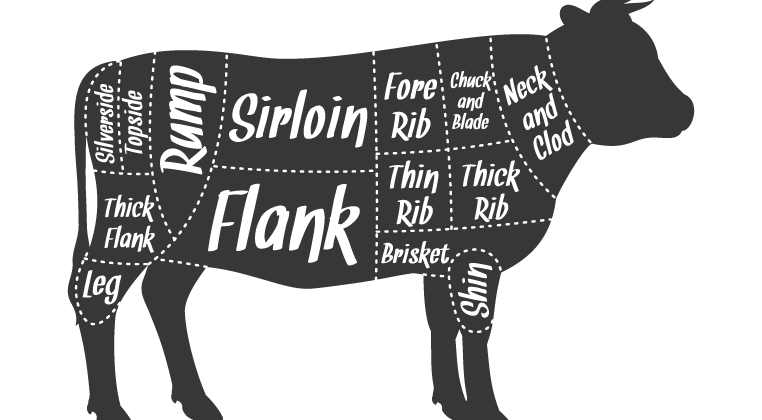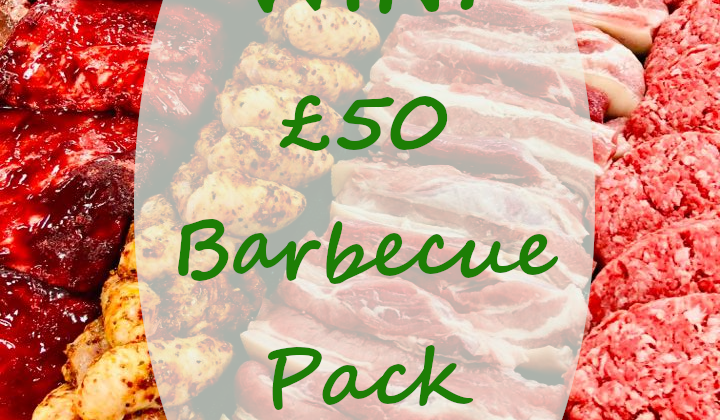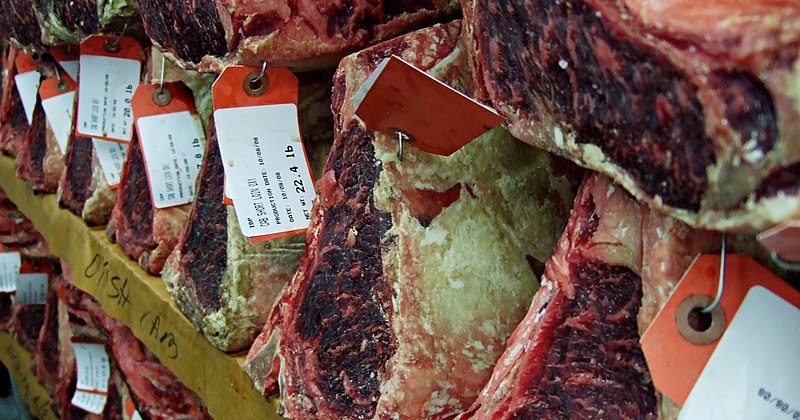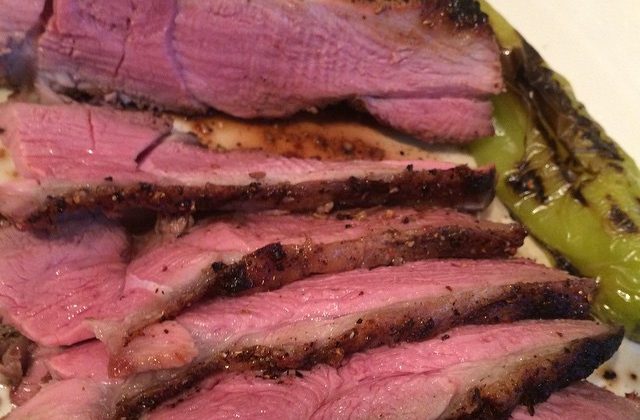
If you’re a beef lover, it’s quite possible that you find yourself wondering about all the different cuts of beef. Why can one kind of steak be cut like butter while another takes some chewing? How does a beef casserole can end up like soup when cooked for too long?
Knowing the right way to cook the various cuts of beef will ensure that you always select the right product for your needs, and apply the correct cooking method.
Chuck
Located in the vicinity of the shoulders, the chuck is a hard-working part of the animal and contains quite a bit of collagen and connective tissue. Although this makes it tough, chuck (otherwise known as braising steak) has great flavour and is significantly cheaper than many other cuts.
How to cook chuck
Slow cooking is key with chuck. This will give all that connective tissue time to break down. Consider using chuck for casseroles and steak pie fillings.
Fillet
Fillet is a high-end cut for good reason. Because of its location in the animal’s back, it does very little work. It is, therefore, very tender.
How to cook fillet
There is very little fat in beef fillet so a fillet steak should be cooked quickly over a high heat to retain juiciness. Larger pieces of beef fillet can withstand longer cooking times so it is commonly used in beef Wellington.
Ribeye steak
Popular among steak lovers seeking a good balance of flavour and tenderness, the ribeye steak comes from the area above the ribs, and can easily be identified by the “eye” of fat in the centre.
How to cook ribeye steak
A ribeye steak is usually best cooked to medium. Whilst this may seem unorthodox to steak aficionados, the extra time is recommended to allow the high quantity of fat time to render.
Rump
Popular for its abundant flavour, rump is less tender than the more prime cuts of beef. As the name suggests, it comes from the rear end of the animal and does a lot of work.
How to cook rump
Rare rump steak is not recommended as it can be a bit tough. It’s best to go for medium or medium-rare. Ideally, give it a few minutes each side in a hot frying pan, and then transfer to the oven for about ten minutes.
Shin
It’s no surprise that the leg is one of the hardest working parts of the animal, with the result that any meat on it is going to be particularly tough. This makes it an economical cut but one that doesn’t hold back on flavour.
How to cook shin
Shin should be braised slowly so that the connective tissue breaks down to the point that the meat just falls apart.
Silverside
The silverside is a very lean cut that comes from just above the hind leg. As it is inexpensive, it is a good option for a family roast.
How to cook silverside
Silverside has very little fat so, if roasting, it should be rubbed liberally with oil or butter and roasted while partly submerged in liquid. It should then be basted frequently throughout the cooking time.
Topside
A close relative of silverside, topside also comes from the hind leg. Otherwise known as ‘poor man’s sirloin’, topside is a great value roasting joint that is particularly delicious.
How to cook topside
Topside is usually roasted in one piece. It doesn’t require a long cooking time and, even served rare, it remains tender. It is well-known for being easy to carve into thin slices, so leftovers can be used in sandwiches.
Brisket
Coming from the breast of the animal, the brisket also has to do a lot of work and, as a result, is known to be tough. Nevertheless, because of its intense beefy flavour, it is a favourite of many beef lovers.
How to cook brisket
Brisket could be considered the beefy version of pulled pork. Marinated and cooked for several hours in the oven on a low heat, brisket falls apart ready for filling baps and baguettes.
Sirloin steak
The sirloin is located between the fillet and the rib, and as such strikes a good balance between tenderness and taste.
How to cook sirloin steak
Sirloin steak is at its best cooked medium-rare. This allows the fat to render down into the meat and increase tenderness.
T-bone steak
A T-bone steak is like two steaks in one. On one side of the bone you have a piece of fillet steak, and on the other you have sirloin. So, you get a tantalising variety of textures and flavours.
How to cook a T-bone steak
Ideally, a T-bone steak should be cooked in a hot frying pan for 3 to 4 minutes each side. This will give you a delicious crust on the outside while keeping the meat pink and juicy on the inside.
Restaurant quality meat from Traymoor
At Traymoor, we are experts not only in the different cuts of beef, but in all kinds of meats. If you need advice or cooking tips, please contact us. We’d be delighted to help.
Traymoor delivers an incredible selection of restaurant quality meats all over Suffolk, Essex, Hertfordshire, Cambridgeshire, and London (North & East). Our range includes 21-day aged steaks, roasting joints, speciality sausages, chickens, lamb steaks, burgers, and kebabs.
We also offer a wide variety of great value meat packs. Available in a range of sizes and prices, these meat packs are filled with an assortment of household essentials including minced beef, chicken breast fillets, pork chops, sausages, and bacon. In addition, our incredible steak lovers pack is filled with sirloin steak, ribeye steak, rump steak, fillet steak, and T-bone steak.



